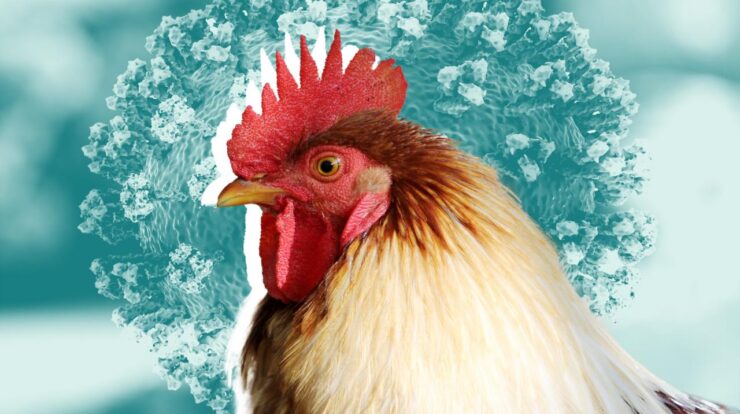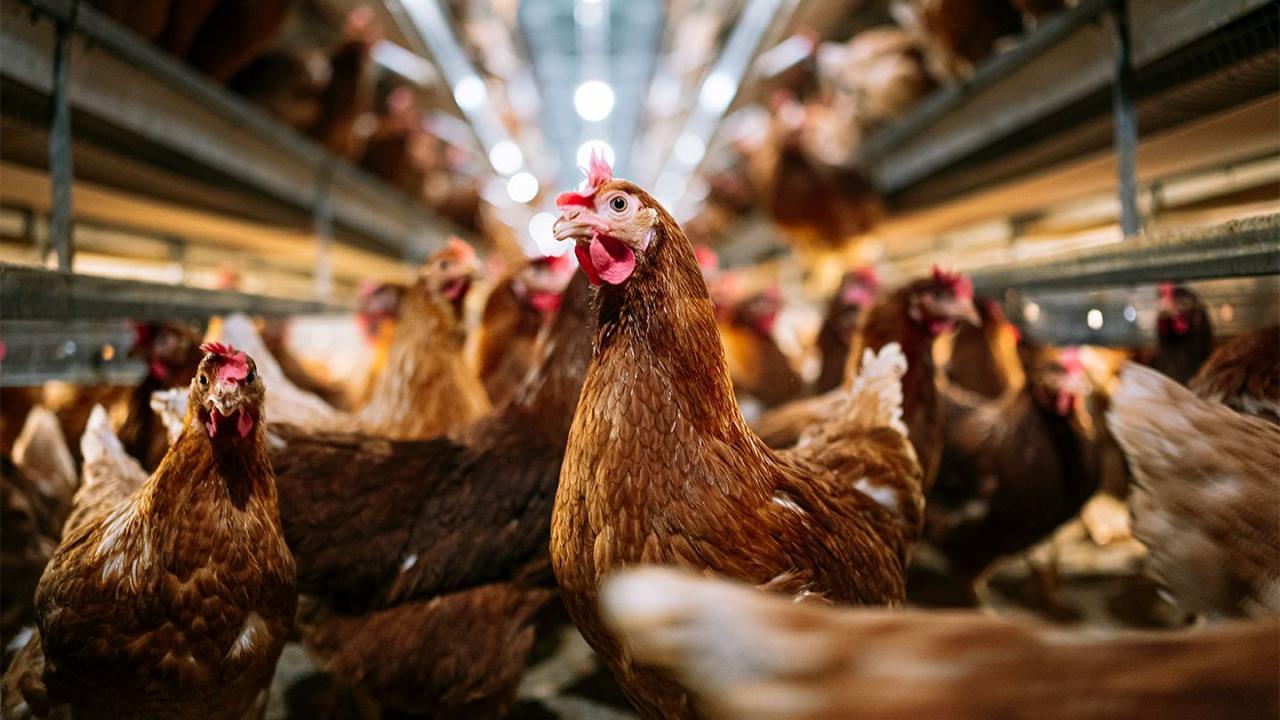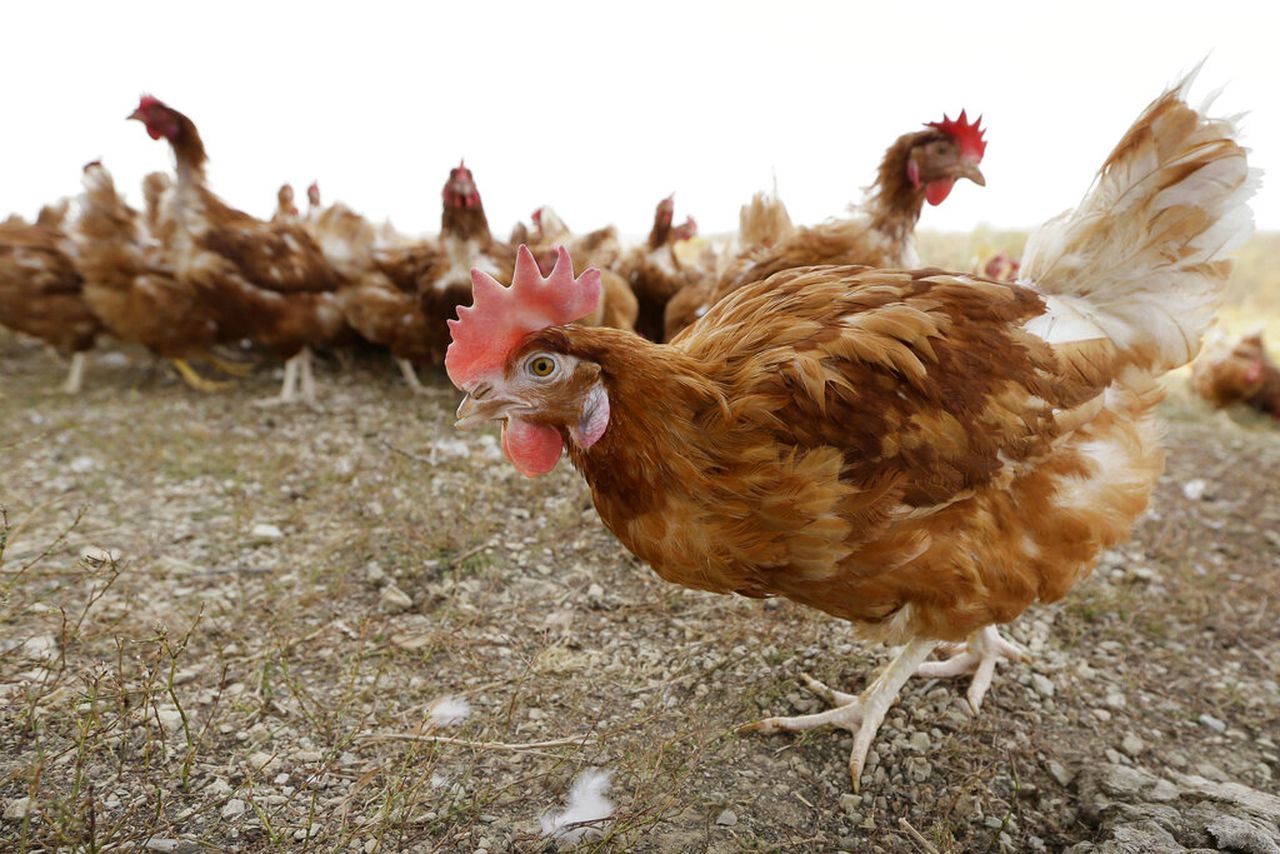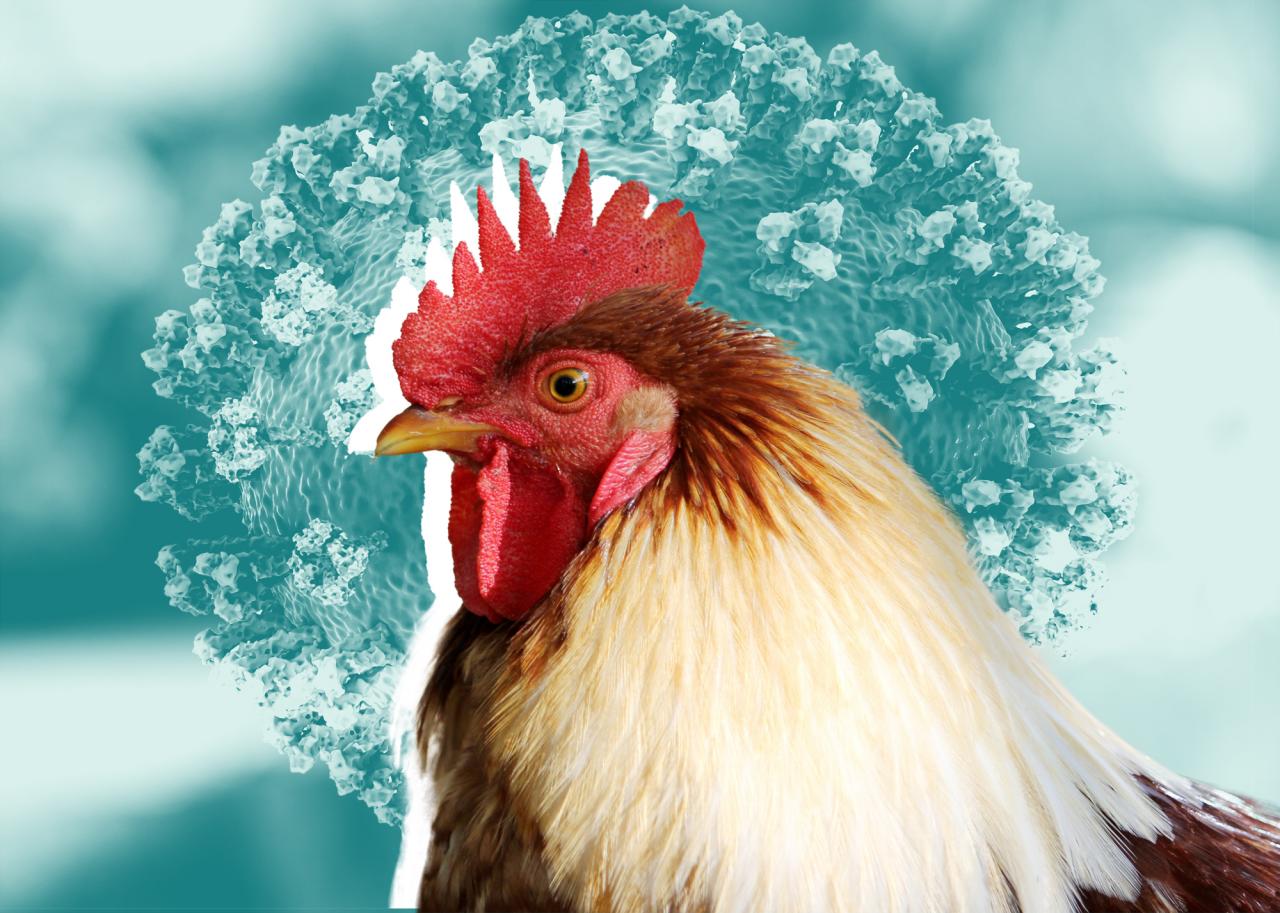
Bird flu milk has emerged as a concern, highlighting the potential transmission of the virus through milk-producing animals. This article delves into the routes of transmission, public health significance, detection methods, prevention measures, and impact on milk production, providing insights into this important topic.
As the dairy industry grapples with the threat of bird flu, understanding the risks and implementing effective prevention strategies is crucial. This article provides a comprehensive overview of the issue, offering valuable information for stakeholders and consumers alike.
Bird Flu in Milk: Transmission, Public Health Significance, and Prevention: Bird Flu Milk

Bird flu, also known as avian influenza, is a highly contagious viral infection that can affect birds and, in some cases, humans. The virus can be transmitted through contact with infected birds or their bodily fluids, including their feces and respiratory secretions.
Transmission and Epidemiology
Bird flu virus can be transmitted to milk through the contamination of milk with infected bird feces or respiratory secretions. This can occur when infected birds come into contact with milking equipment, or when milk is collected from birds that are shedding the virus.
The prevalence of bird flu in milk-producing animals varies depending on the region and the time of year. Outbreaks of bird flu can lead to significant economic losses for the dairy industry, as infected animals must be culled to prevent the spread of the virus.
Public Health Significance, Bird flu milk
Consuming milk contaminated with bird flu virus can pose a risk to human health. The virus can cause a range of symptoms in humans, including fever, cough, sore throat, muscle aches, and fatigue.
In severe cases, bird flu can lead to pneumonia, respiratory failure, and even death. Treatment for bird flu infection in humans involves antiviral medications and supportive care.
Detection and Prevention
Bird flu in milk can be detected using a variety of methods, including polymerase chain reaction (PCR) and virus isolation. These methods can be used to test milk samples for the presence of the virus.
To prevent the contamination of milk with bird flu virus, a number of measures can be taken, including:
- Vaccinating birds against bird flu
- Isolating infected birds from healthy birds
- Practicing good hygiene and sanitation practices on farms
Impact on Milk Production
Bird flu outbreaks can have a significant impact on milk production. Infected animals must be culled to prevent the spread of the virus, which can lead to a reduction in the supply of milk.
In addition, bird flu can affect the quality of milk. Infected animals may produce milk that is lower in fat and protein, and may contain higher levels of bacteria.
Research and Development
There is ongoing research into bird flu in milk. This research is focused on developing new methods for detecting and preventing the contamination of milk with the virus.
In addition, researchers are working to develop new vaccines and antiviral drugs to treat bird flu infection in humans.
Ending Remarks

Bird flu milk remains a topic of ongoing research and concern. Continued vigilance is essential to prevent outbreaks, protect public health, and ensure the safety of our milk supply. By understanding the transmission, risks, and prevention measures, we can work together to mitigate the impact of bird flu on the dairy industry and safeguard the well-being of our communities.







